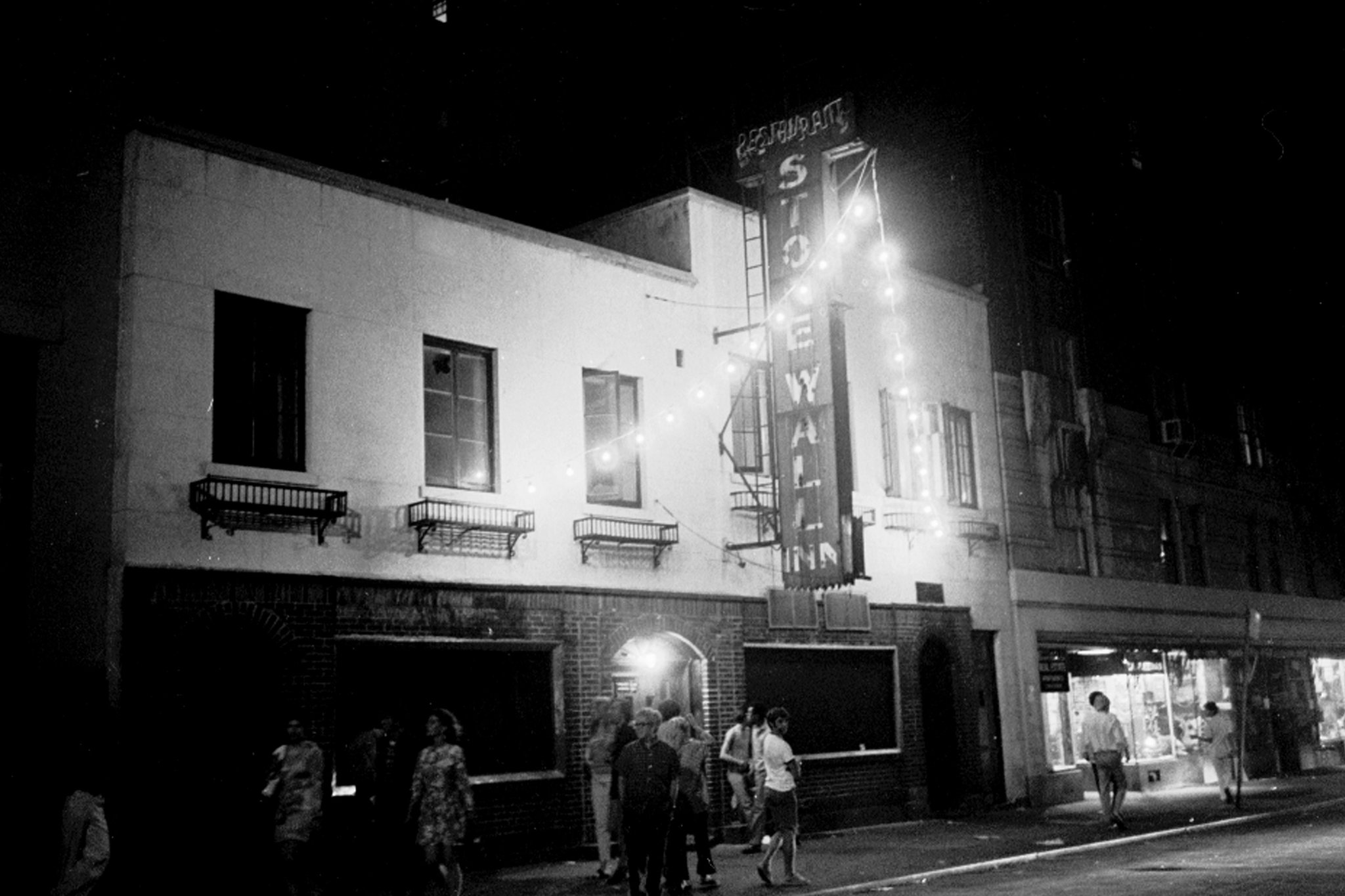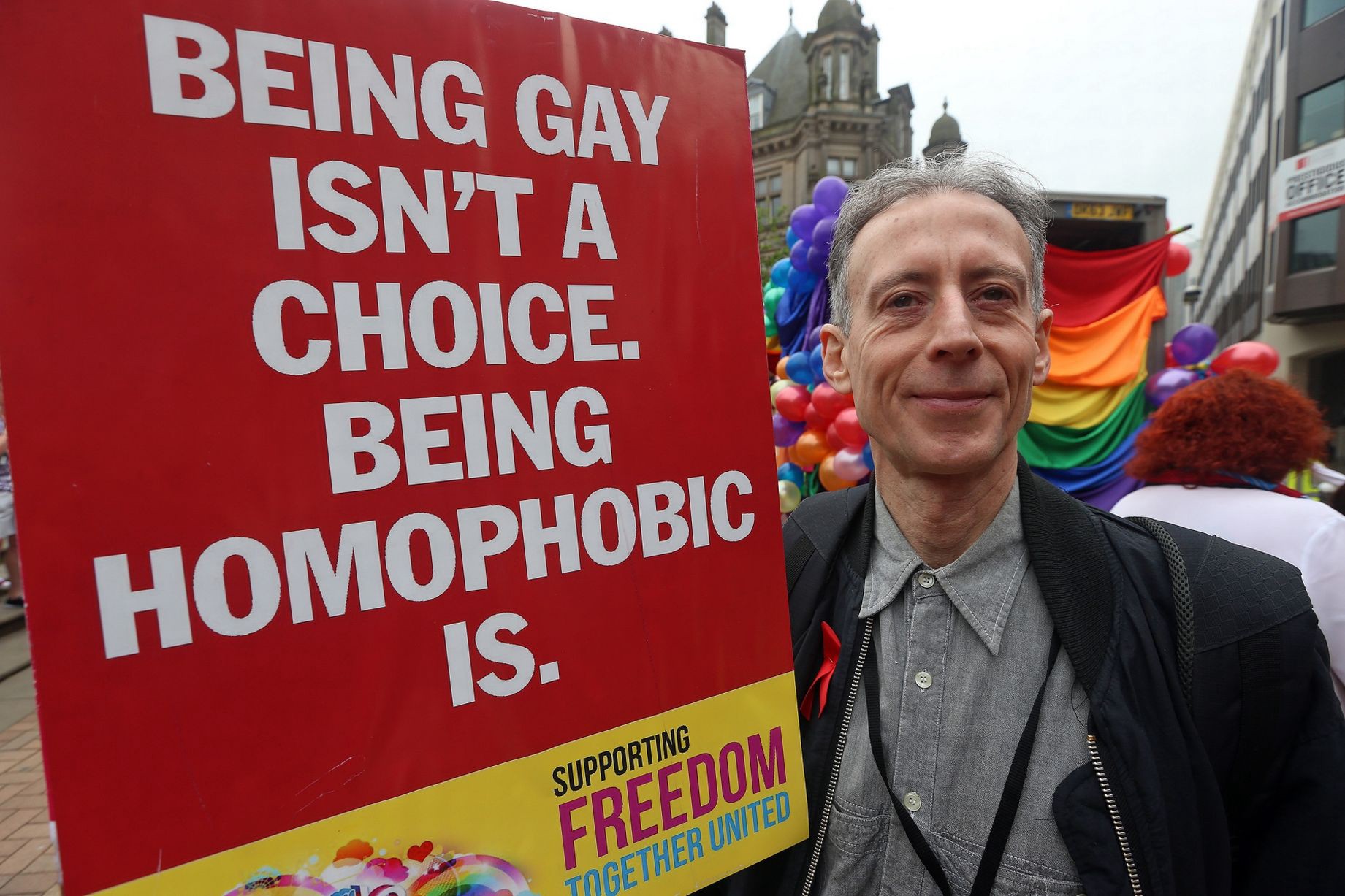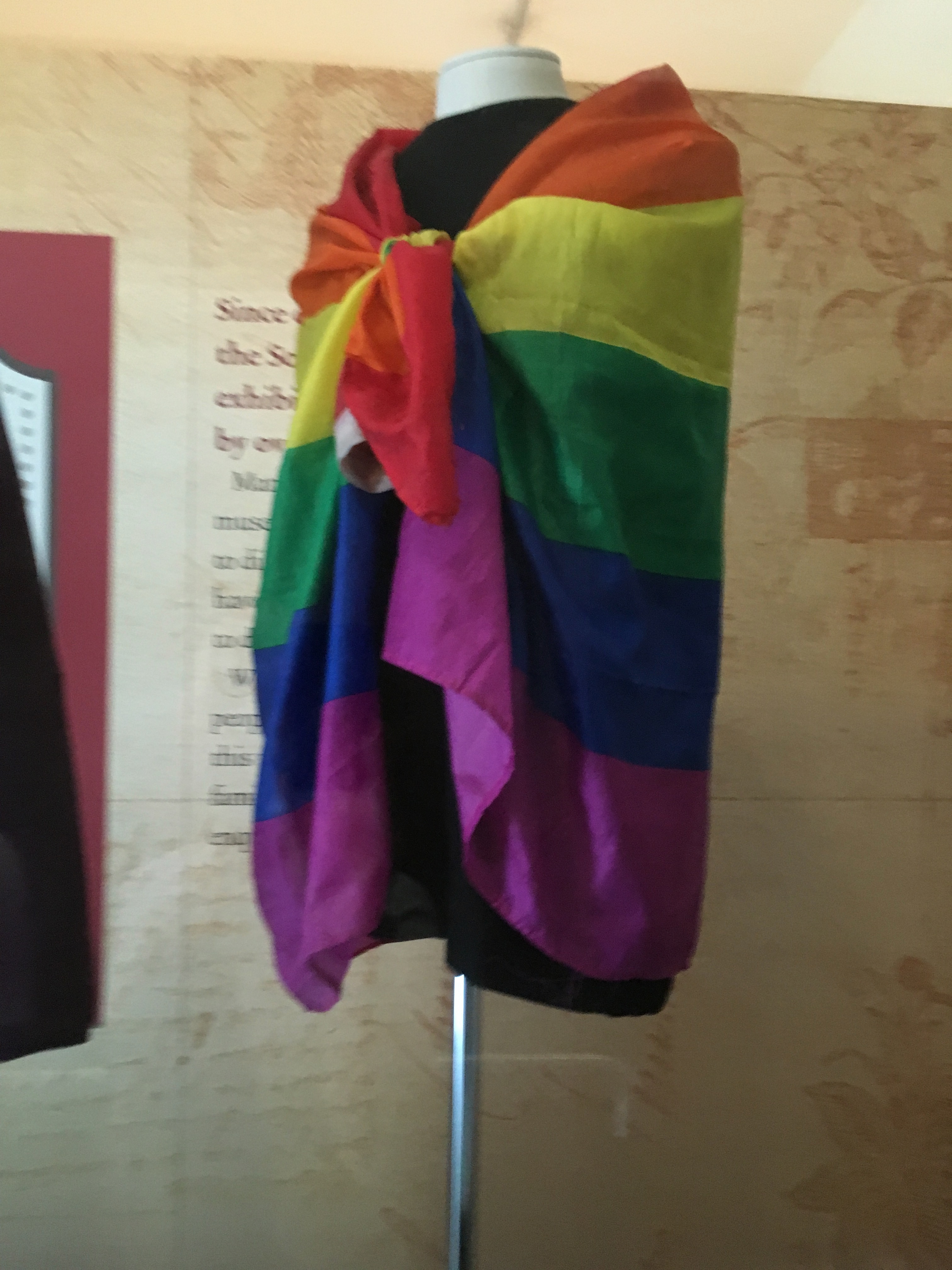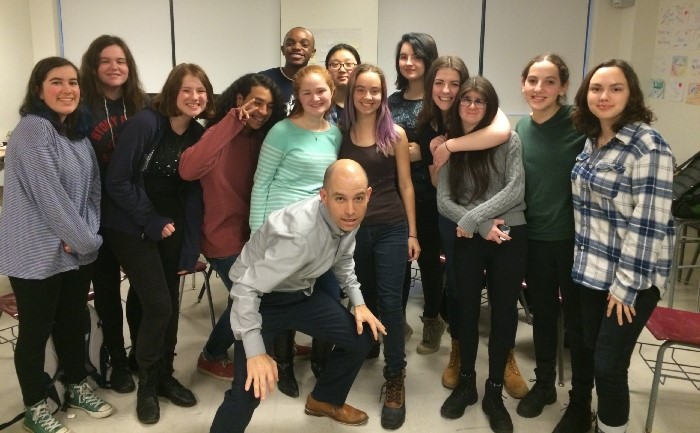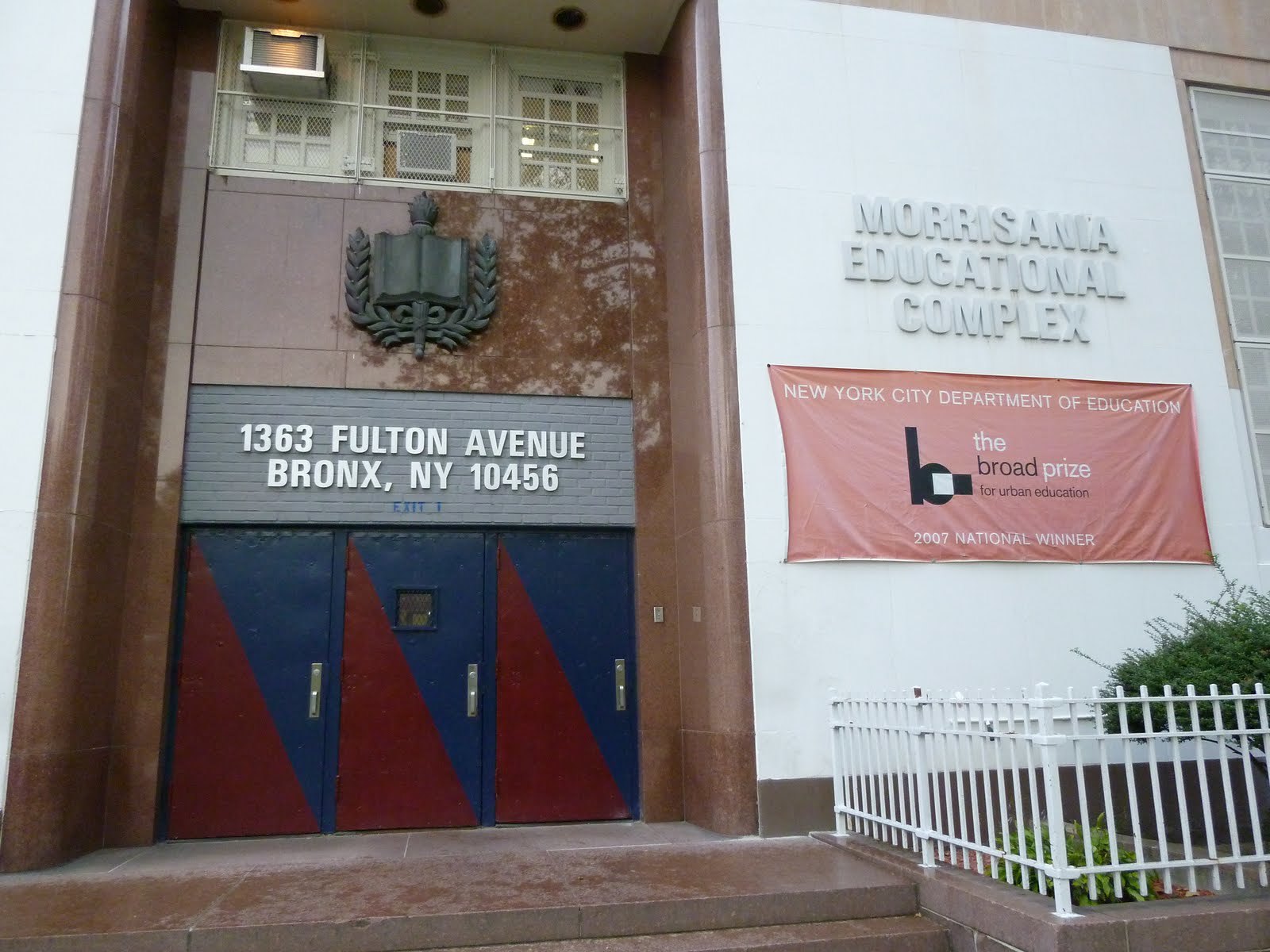 Our high school is co-located in a converted elementary school building that still feels very much like an elementary school building (low sinks, low toilets, tiny lockers, a gym the size of a glorified broom closet). As our school prepared to open for in-person, synchronous learning this fall, COVID-19 reminded us just how small our school is. It was difficult for administrators and the janitorial staff to accommodate the maximum of ten learners in a classroom.
Our high school is co-located in a converted elementary school building that still feels very much like an elementary school building (low sinks, low toilets, tiny lockers, a gym the size of a glorified broom closet). As our school prepared to open for in-person, synchronous learning this fall, COVID-19 reminded us just how small our school is. It was difficult for administrators and the janitorial staff to accommodate the maximum of ten learners in a classroom.
Meanwhile, students often speak about the resources at the more elite public schools in our area. And many a student laments his or her school choice in spite of our strong test scores and STEAM offerings because our high school (now their high school) does not resemble anything they’ve ever seen on television. There weren’t feral cats, rats and cockroaches on Riverdale. Nor were there methadone clinics and brownfield sites located on the same block of the TV high school.
A major gap exists in our city and in our school district and in our adjacent school community.
And those gaps are exacerbated by COVID-19 and the ongoing struggle for Black lives. Furthermore, our school is located in an area exposed to 95% more hazardous waste and waste water discharge and PM 2.5 and ozone than the rest of the US. When compared to the locations of elite (public and independent) schools located within five miles of our school, the percentiles that gauge environmental and demographic risks to public health drop to below 50%. It doesn’t take a genius to overlay the demographic information and quickly surmise that the elite schools are located in more affluent, white communities, or are composed of predominantly white students and staff, compared to our school.
Clearly, something’s wrong here.
I want to know why educational, economic, environmental, and public health gaps exist in my community by traveling to our seat of government and seeking answers.
With my Fund for Teachers grant this summer, I will follow a trail of important civil rights sites from New York City to Delaware, West Virginia, Washington DC, and Virginia to analyze the lasting impact of Brown v. Board of Education on students’ economic, environmental, and educational opportunities.
- The first stop will be Howard High School in Wilmington, Delaware on June 29th. Howard High School is connected to the U.S. Supreme Court decision Brown v. Board of Education “that found racial segregation in public schools to be unconstitutional.” Black parents in Wilmington sued to enroll their children in the local all-White high school.
- Then I will visit Harpers Ferry. Harpers Ferry is known for many things, including John Brown’s assault on slavery and the massive surrender of Union troops during the Civil War. But, I will focus on something that I recently discovered in my research. Harpers Ferry is the site of one of the earliest integrated schools in the US. Former slaves received an education at a small college called Storer. Why did that happen? And how was it possible that this wasn’t possible for the rest of the nation until after Brown v. Board?
- In Richmond, I’ll visit Virginia Civil War Museum exhibits and explore the journey from the Civil War to Civil Rights.
- In the central Virginia town of Farmville, I’ll visit Robert Russa Moton High School and Robert Russa Moton Museum. This was a public school built for Black students living in Prince Edward County. The school’s conditions were something my students can relate to: overcrowding, a leaking roof, limited educational resources like books and chalk. The brave actions of two students, Barbara Johns and John Arthur, who organized a student walkout, catalyzed the Brown v. Board of Education decision.
- The Martin Luther King, Jr. Memorial will be my first stop in Washington DC, followed by a walk across the Mall to visit the Supreme Court of the United States where the Brown v. Board decision was made and numerous other cases that have influenced who I teach and where my students learn. I plan to visit the National Archives and research the various court decisions that have influenced or decided where and who I teach.
- Also in DC, I’ll visit John Philip Sousa Junior High School. This school denied admission to twelve Black students. The
case was argued by a professor James Nabrit, Jr. of Howard University. Later, the case was folded into Brown v. Board. In addition, I’ll visit three sites at Howard University connected to the history of Brown v. Board of Education: Andrew Rankin Memorial Chapel, Frederick Douglass Memorial Hall, and Founders Library. Founders Library has the largest collection of “African American documents, letters and oral histories about the African-American experience.” I’ll visit the library and research the Black experience in schools – focusing on the post Brown v. Board ruling to see how it impacted the education of Black Americans and other Americans of color. - My fellowship will conclude at the National Museum of African American History and Culture. I’ll visit all the exhibits,
but pay special attention to “A Changing America: 1968 and Beyond.”
I did not know until I started researching this fellowship
the number of cases that made up Brown v. Board of Education.
The problems are so vast, but I can distill it into the questions my students asked me after the insurrectionists overran the Capitol police force and simply walked out of the building joyous, and unscathed by the same state apparati that wreaked havoc on black and brown bodies just a few short months prior.
Why is it different for us?
Why have Black and Brown students been treated differently than White students since the founding of this republic?
Why did (does) the promise of Brown v. Board of Education go unfulfilled in classrooms across America?
Why are my students exposed to more air pollutants, more toxins in the soil, more asbestos and lead, more vermin carrying infectious disease?
And how can we operationalize this knowledge to bring about change in our school community?
Students will benefit from the clear history and timeline of the economic, educational, and environmental injustices taught to them through the accounts of those who experienced the same injustices but fought back.
[minti_divider style=”1″ icon=”” margin=”20px 0px 20px 0px”]
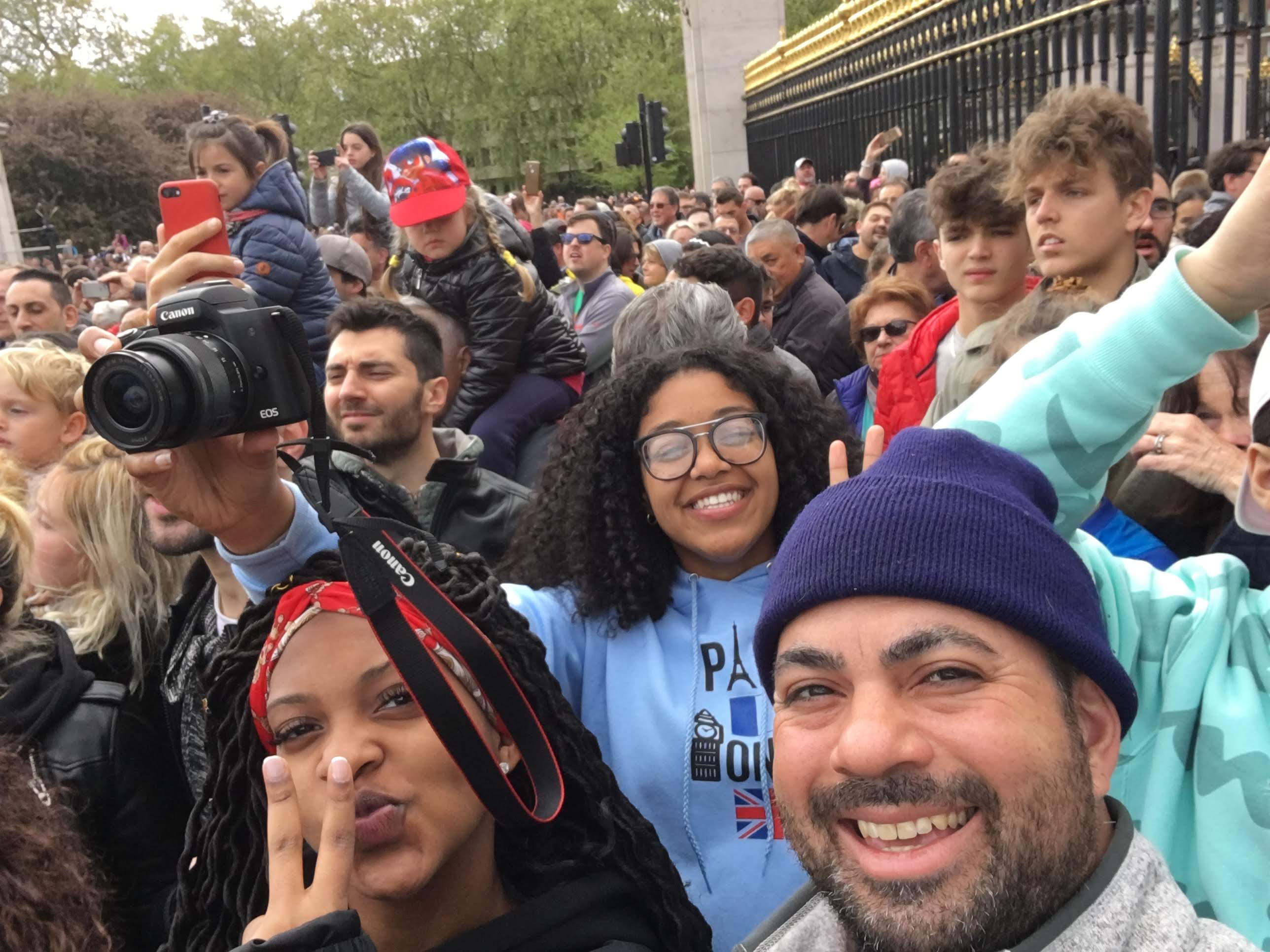 Patrick Callahan (pictured with students at Buckingham Palace thanks to a grant through ACIS) is an Sloan Award winning science educator at the Bronx Center for Science and Mathematics. He is a Math for America Master Teacher Fellow and a recent finalist for the Big Apple NYC DOE Award. He has taught for 11 years in the South Bronx. He is currently the Science Department Chair and Director of Enrichment Programs.
Patrick Callahan (pictured with students at Buckingham Palace thanks to a grant through ACIS) is an Sloan Award winning science educator at the Bronx Center for Science and Mathematics. He is a Math for America Master Teacher Fellow and a recent finalist for the Big Apple NYC DOE Award. He has taught for 11 years in the South Bronx. He is currently the Science Department Chair and Director of Enrichment Programs.
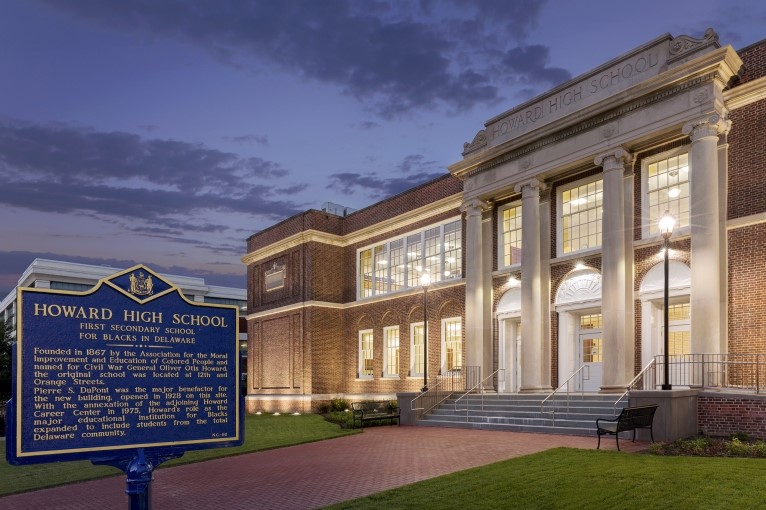

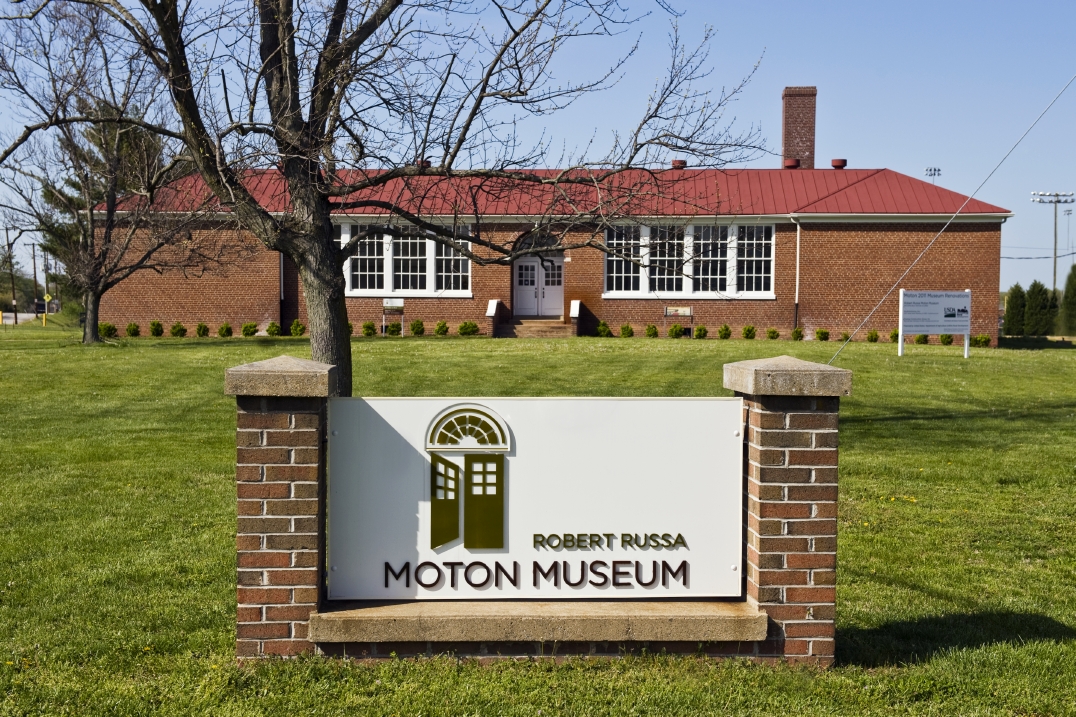
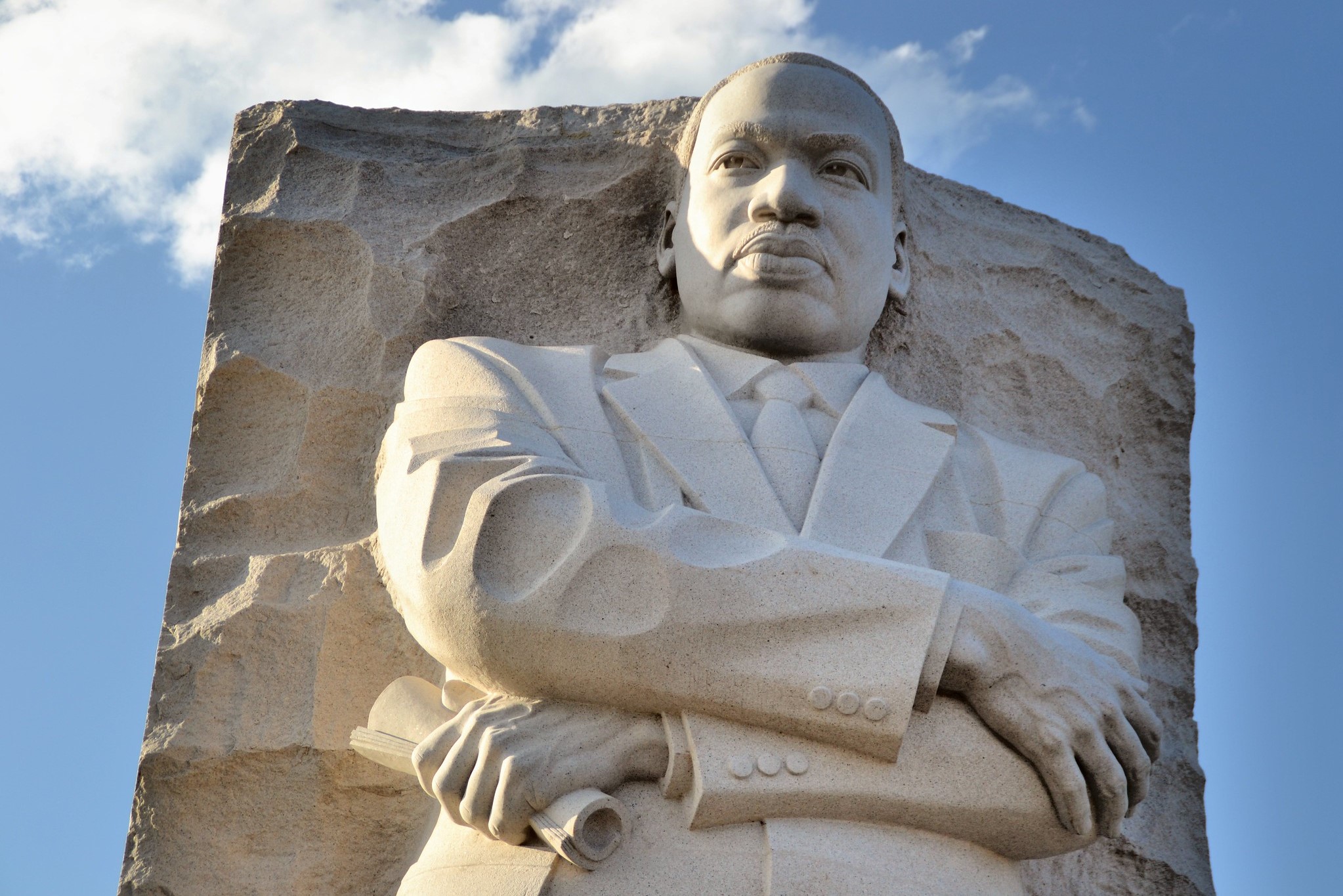
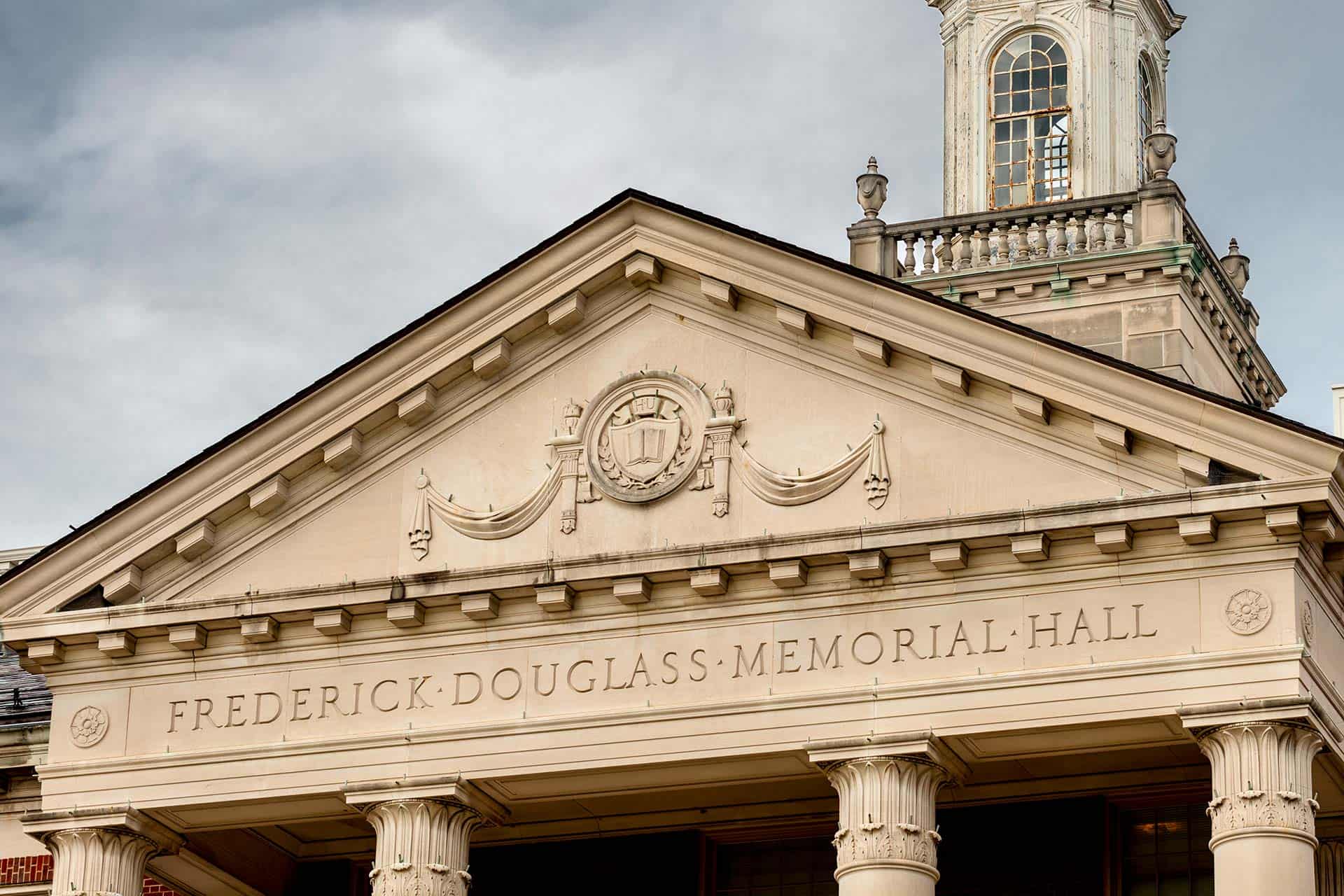
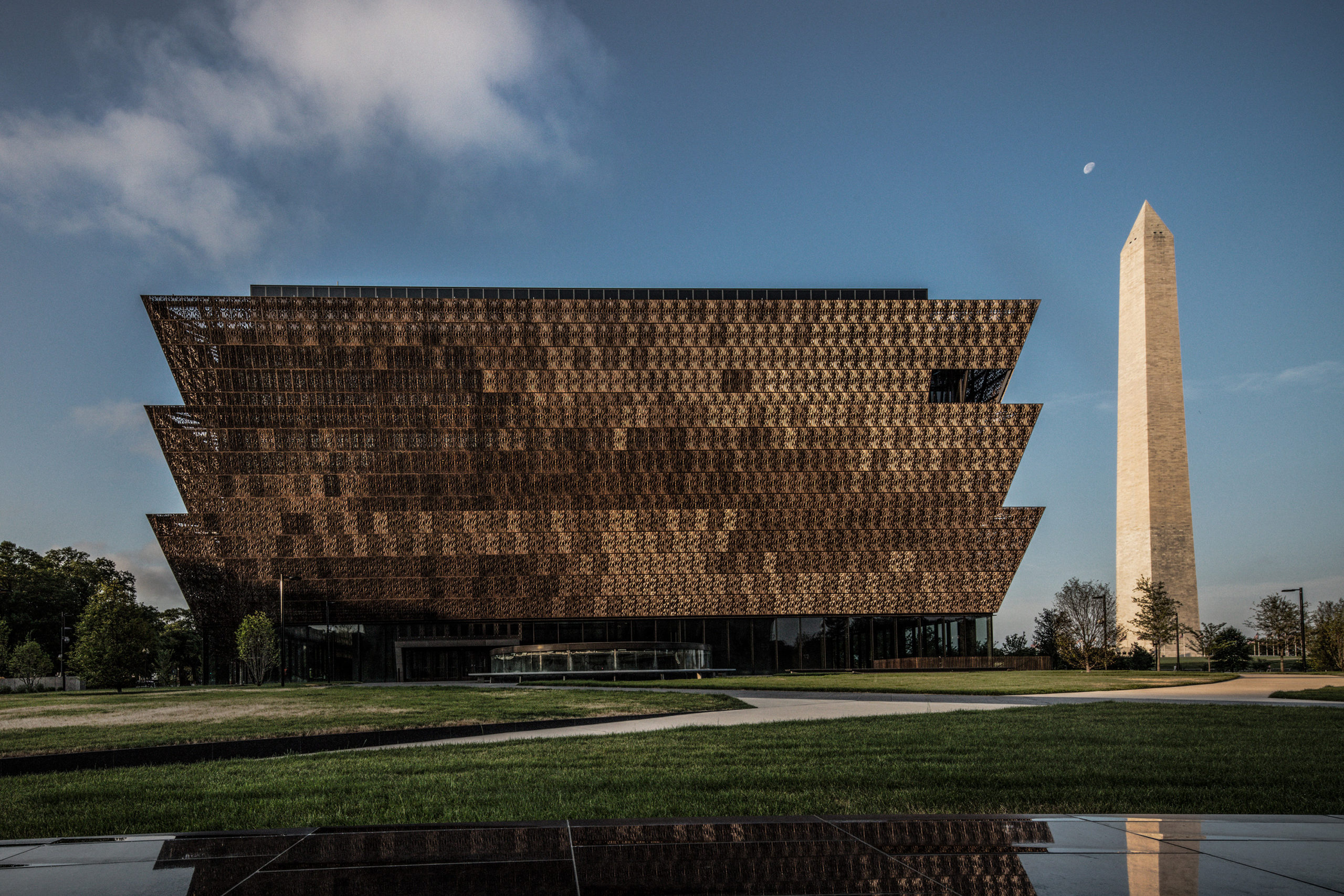

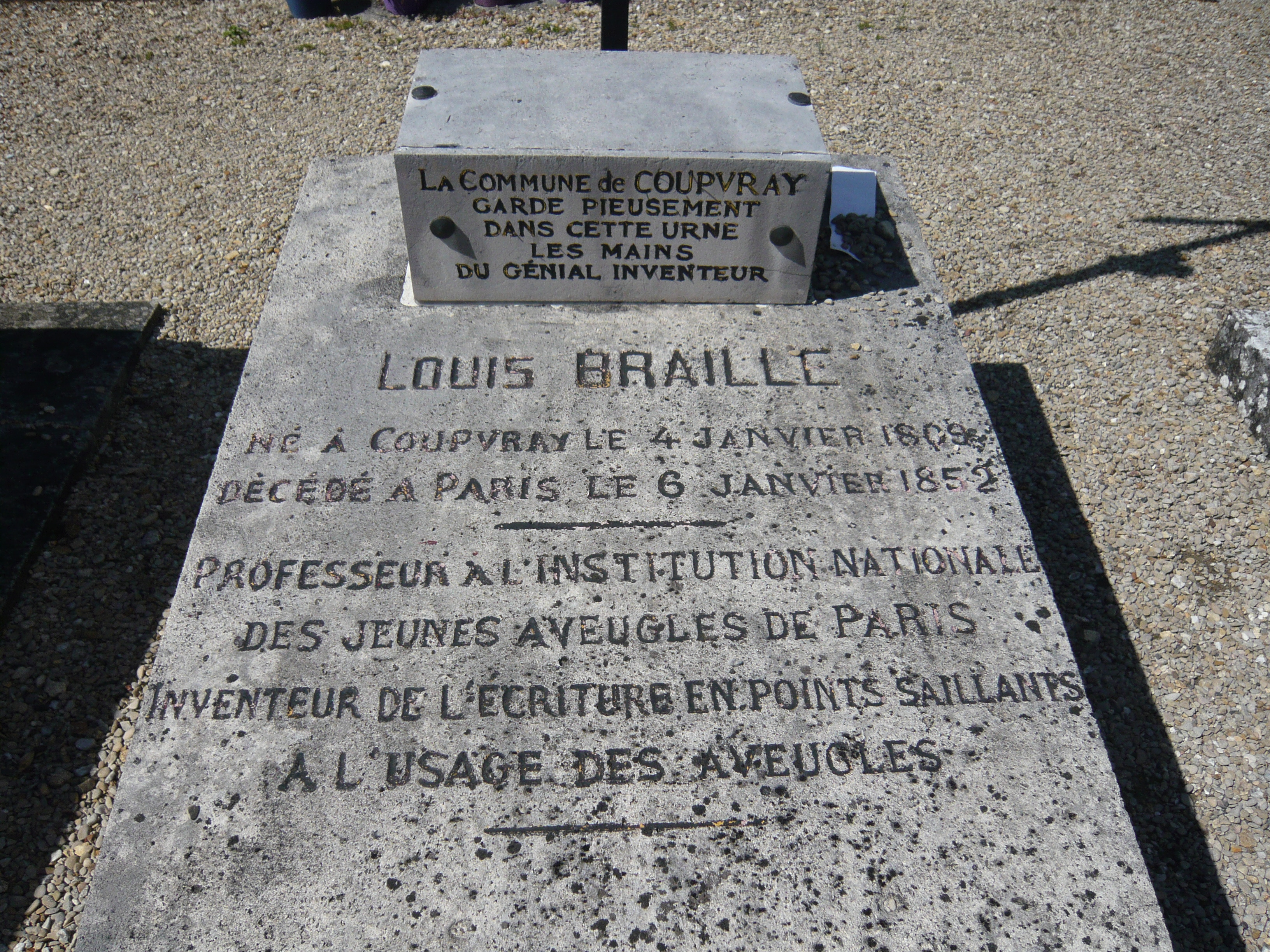

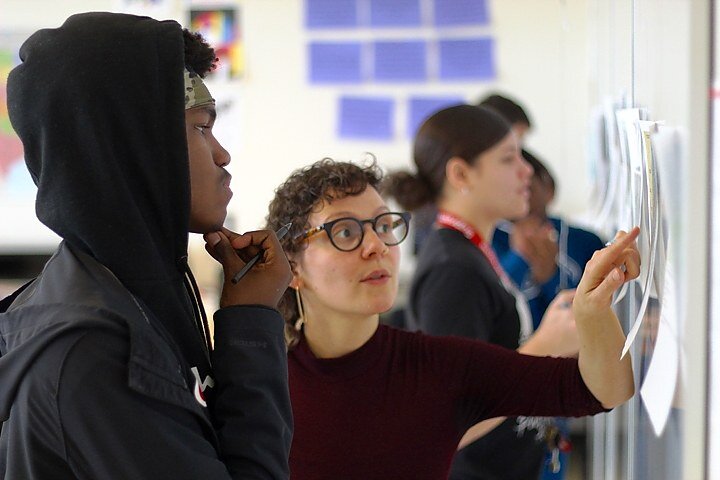

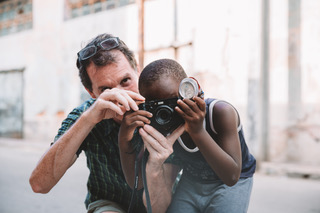
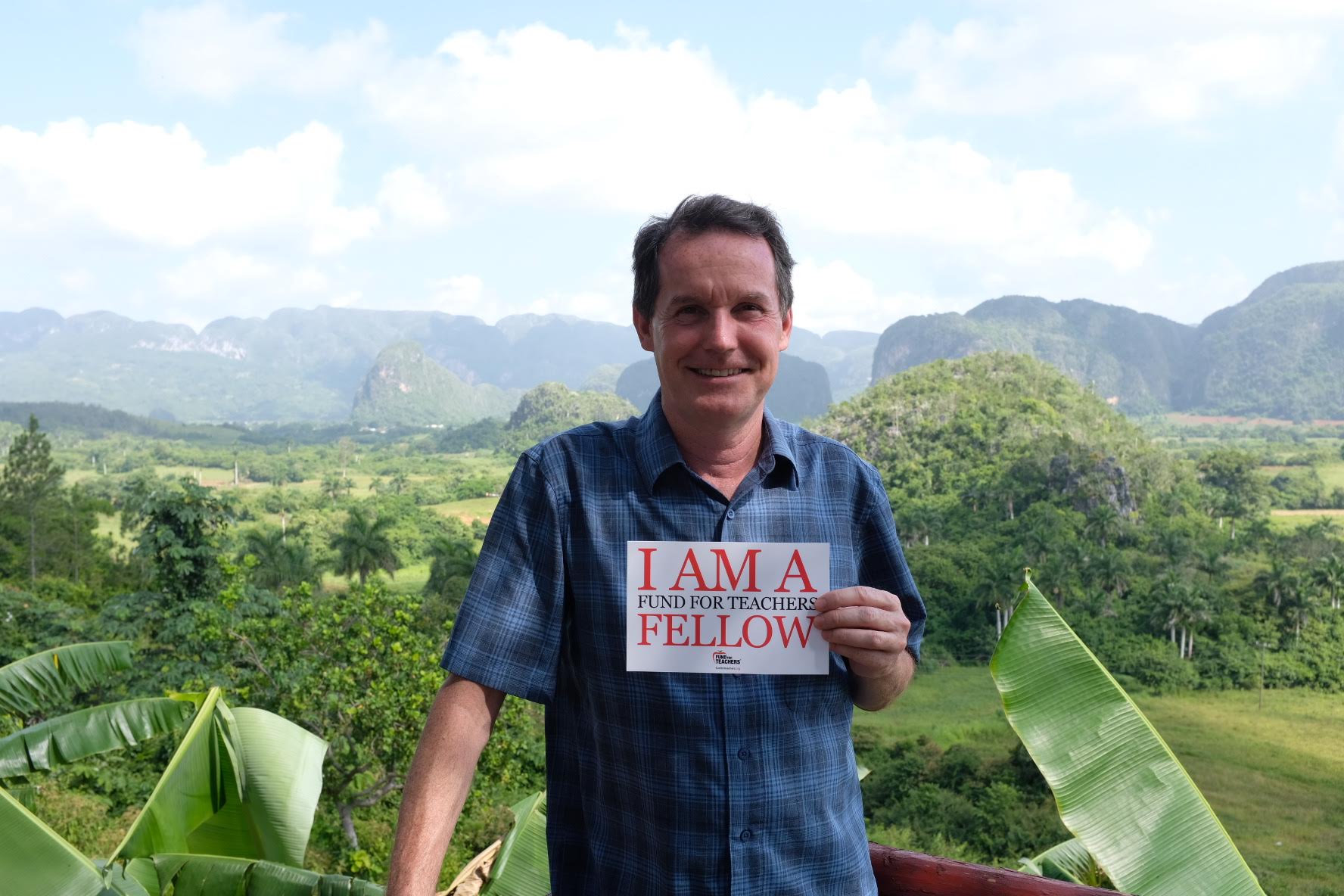
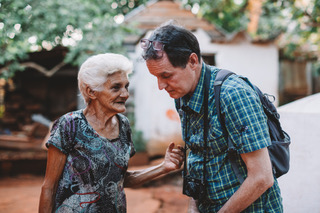
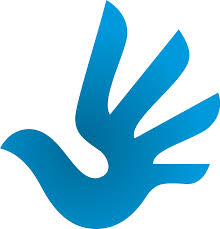
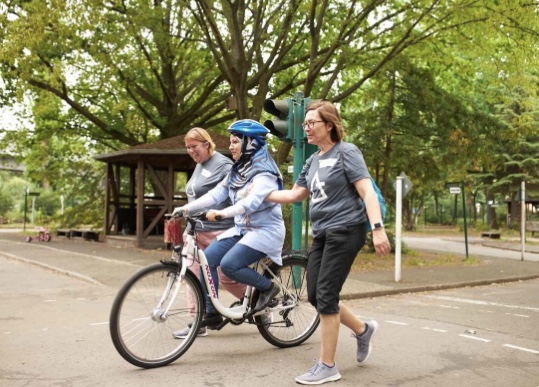
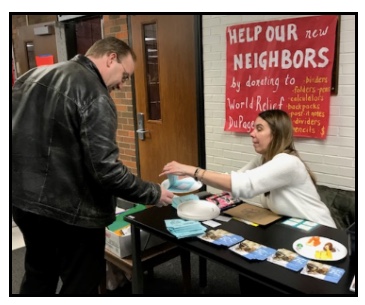
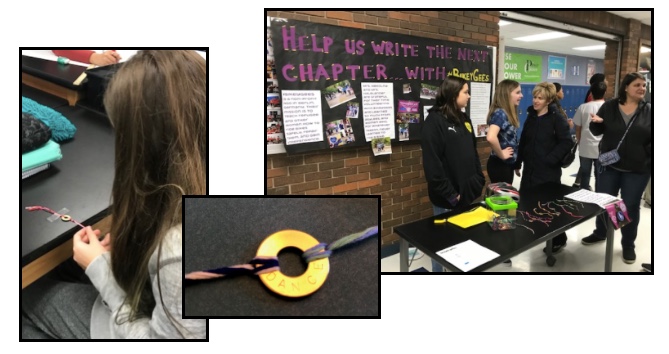
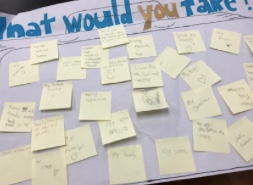
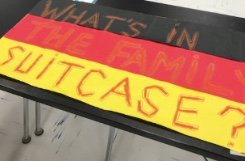
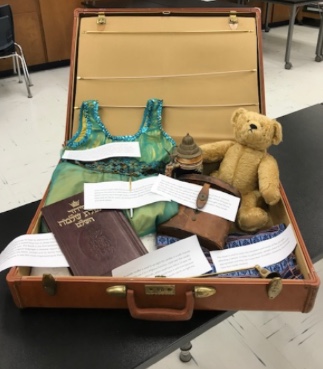
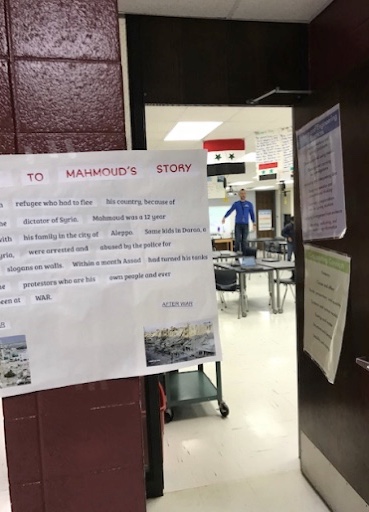
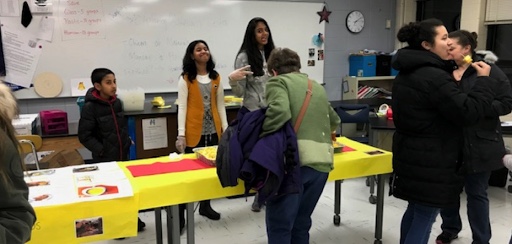
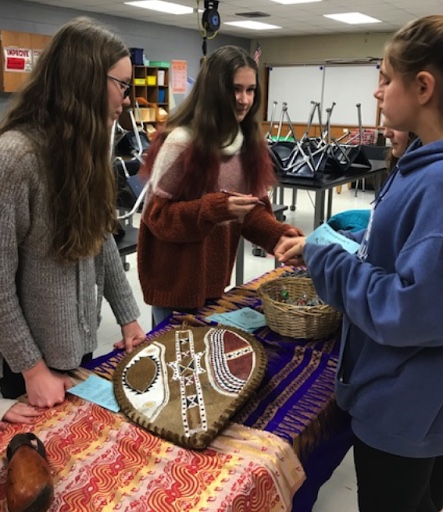
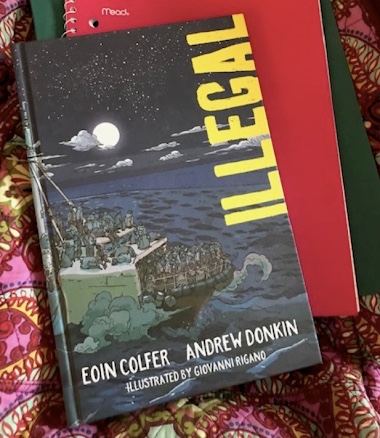

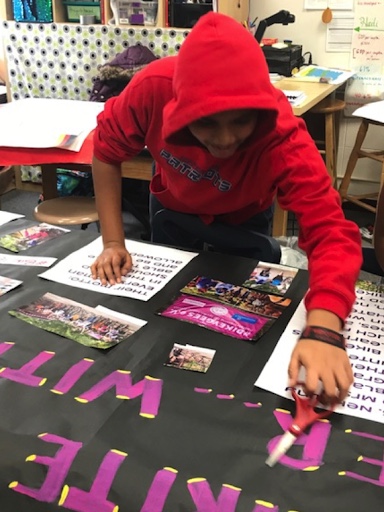

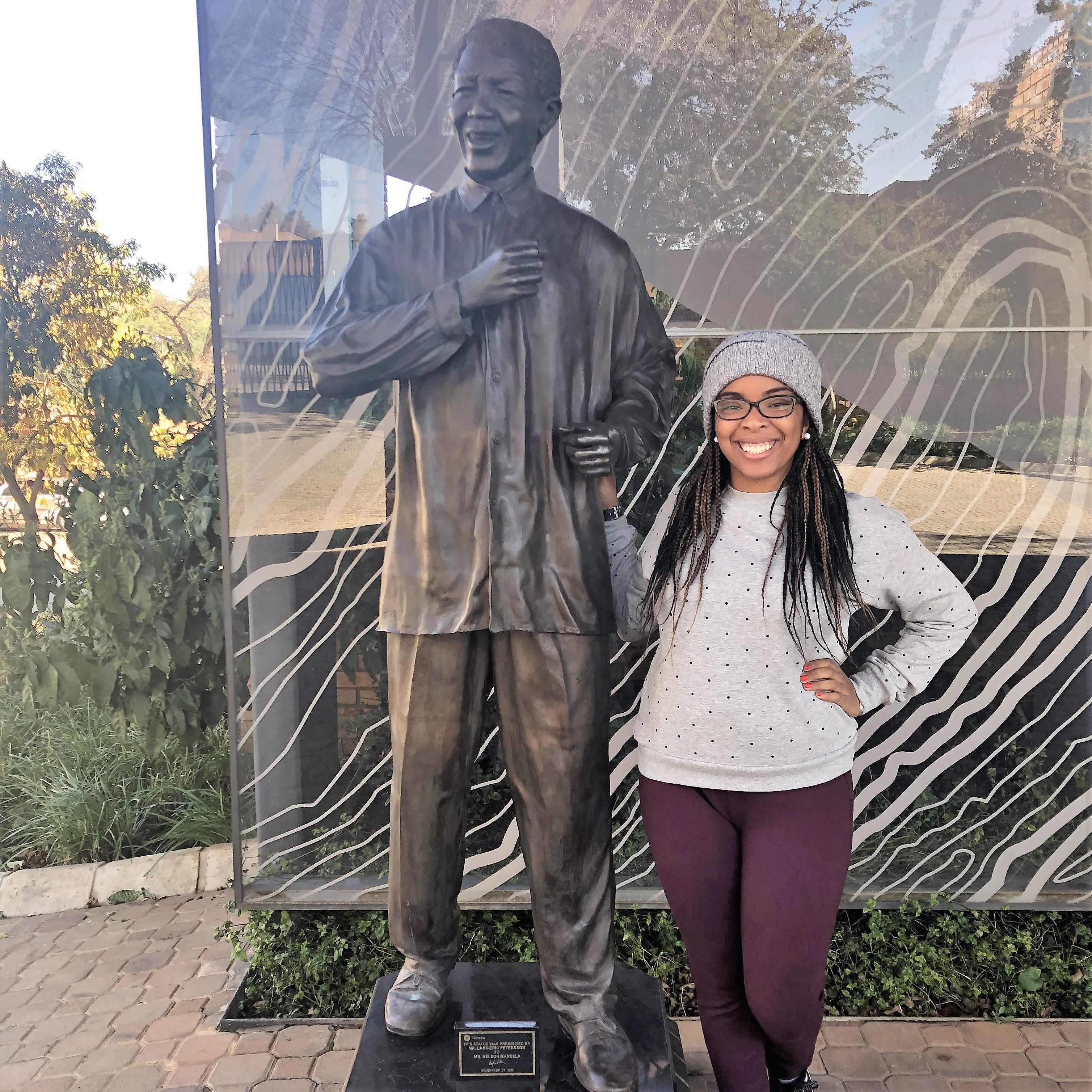
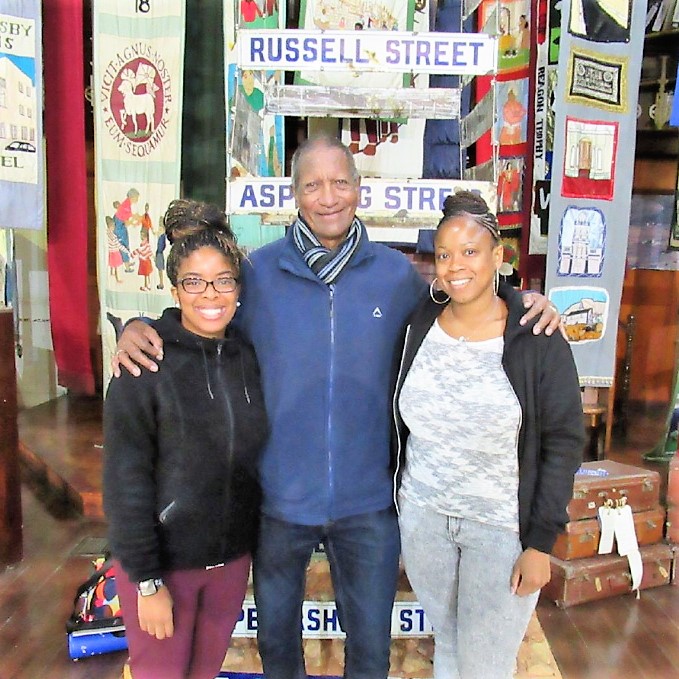
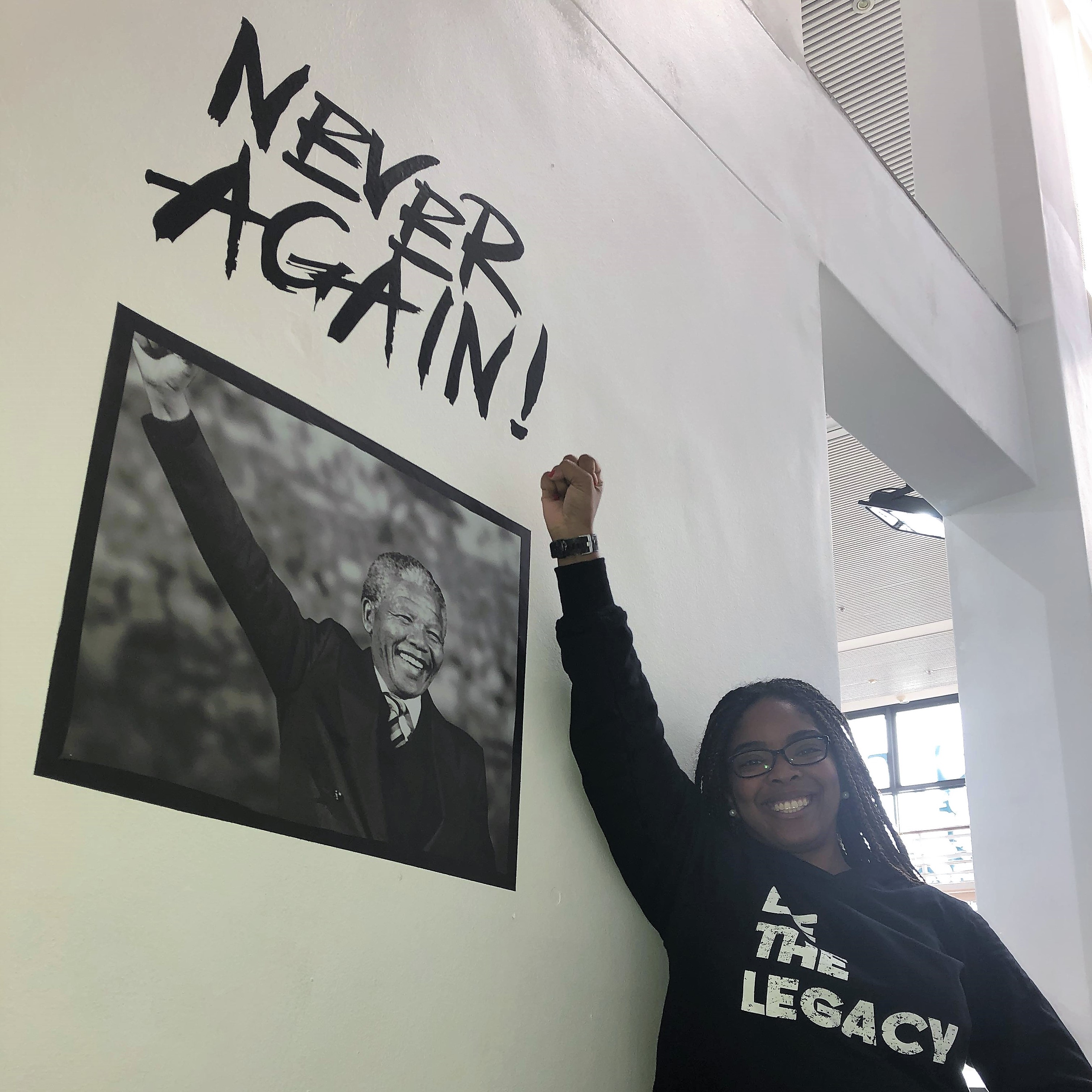
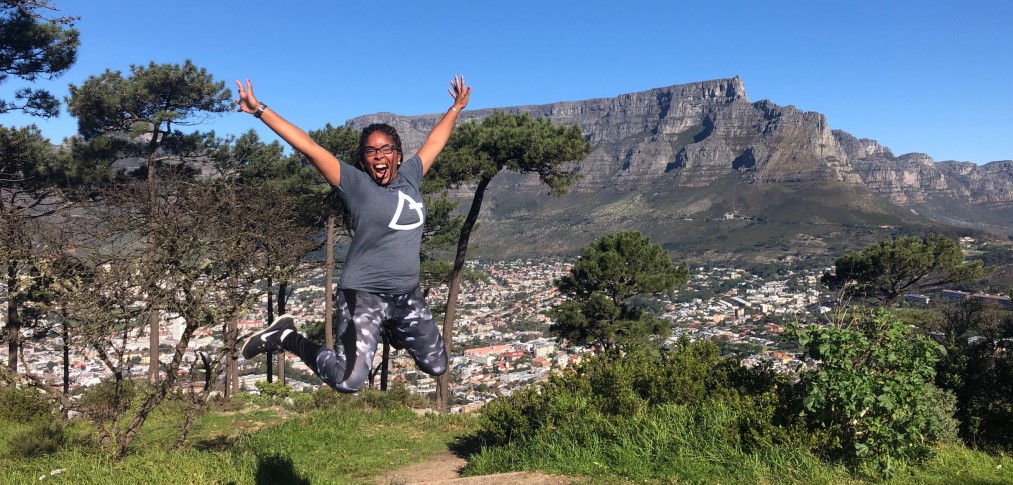
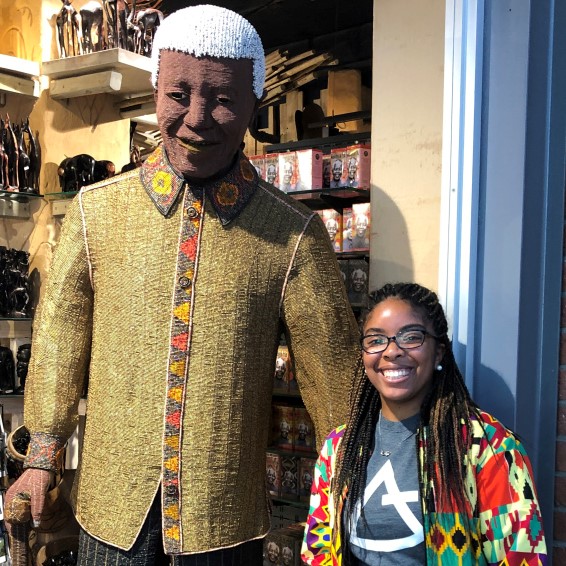
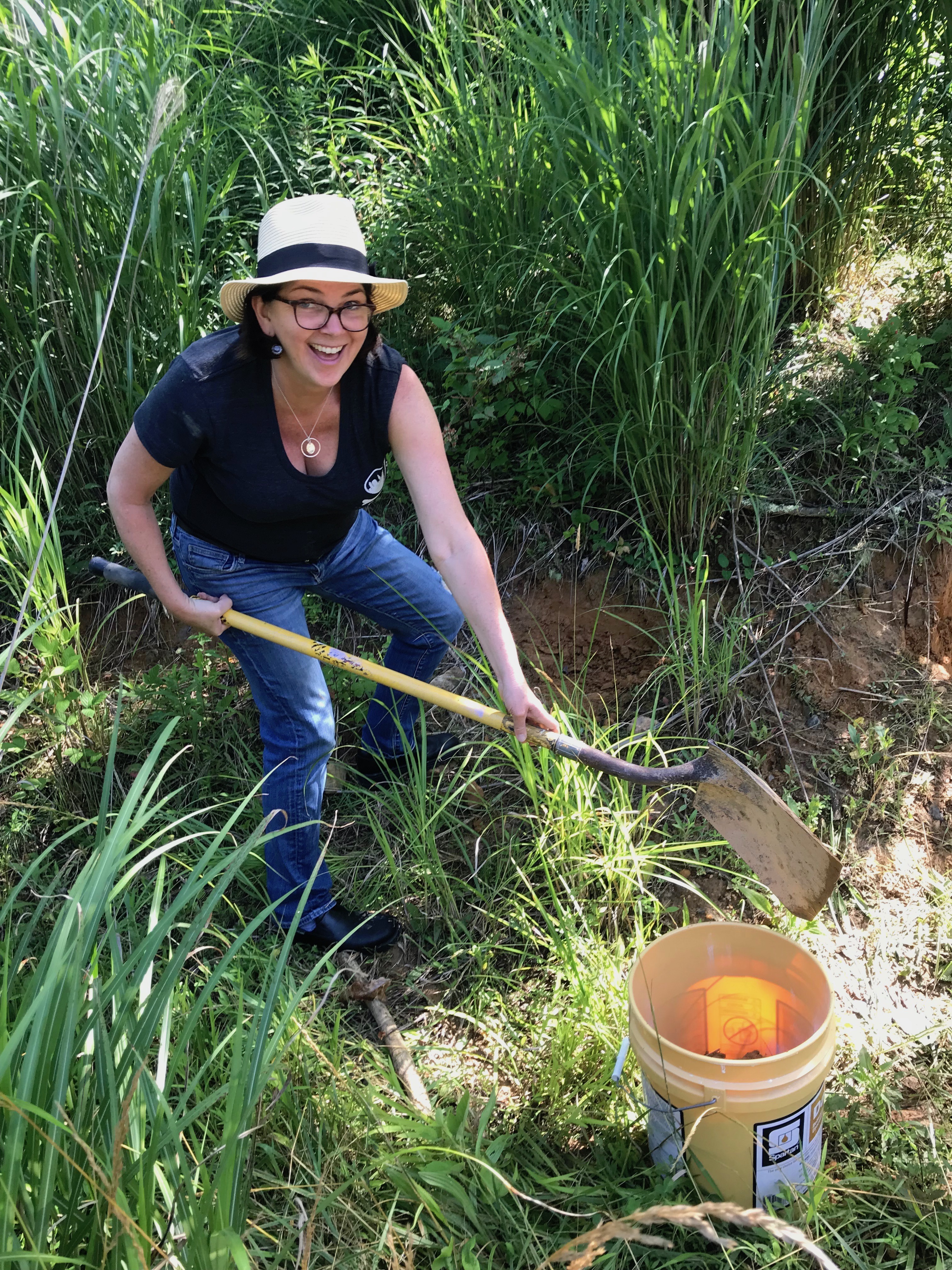
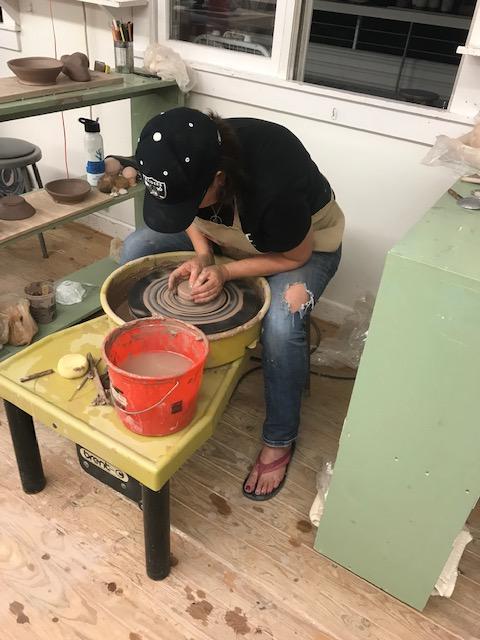
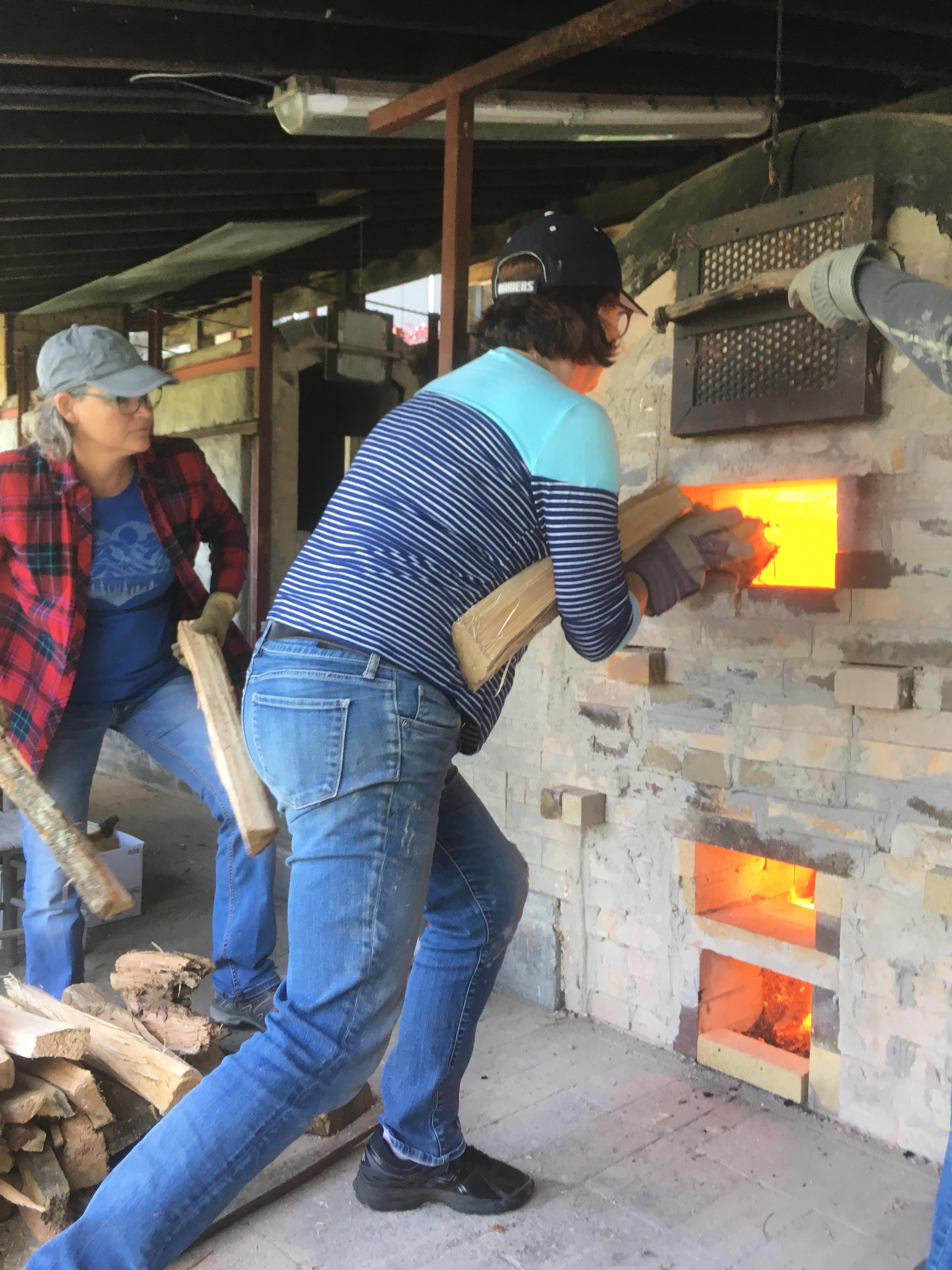
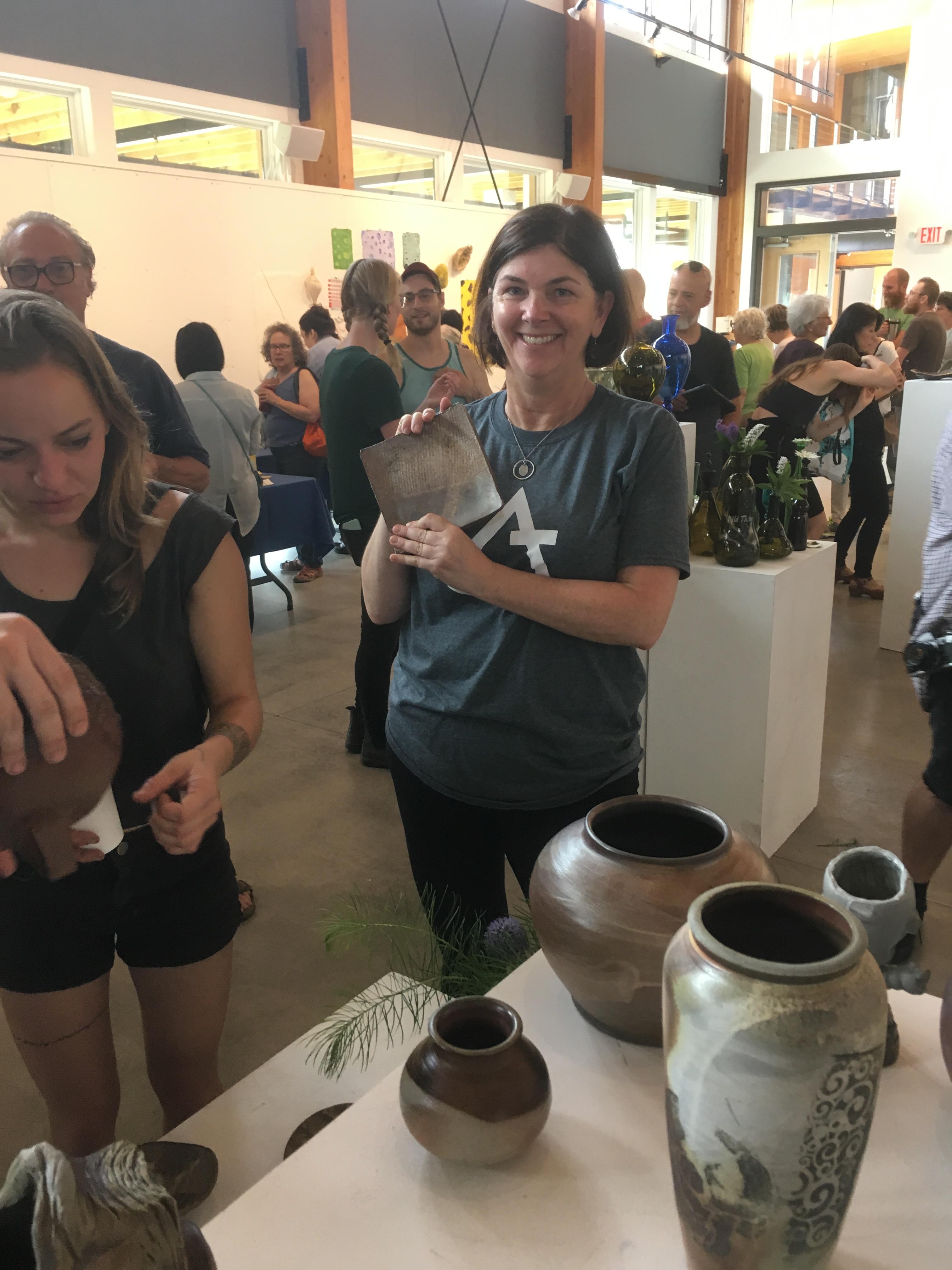
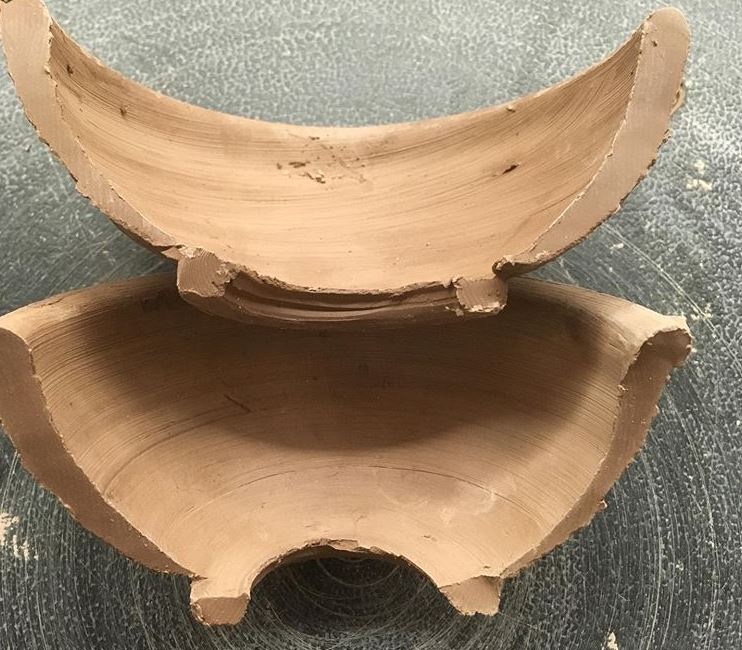
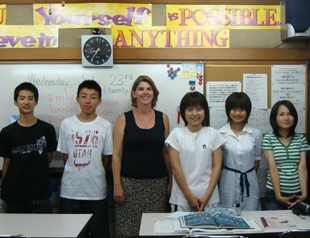
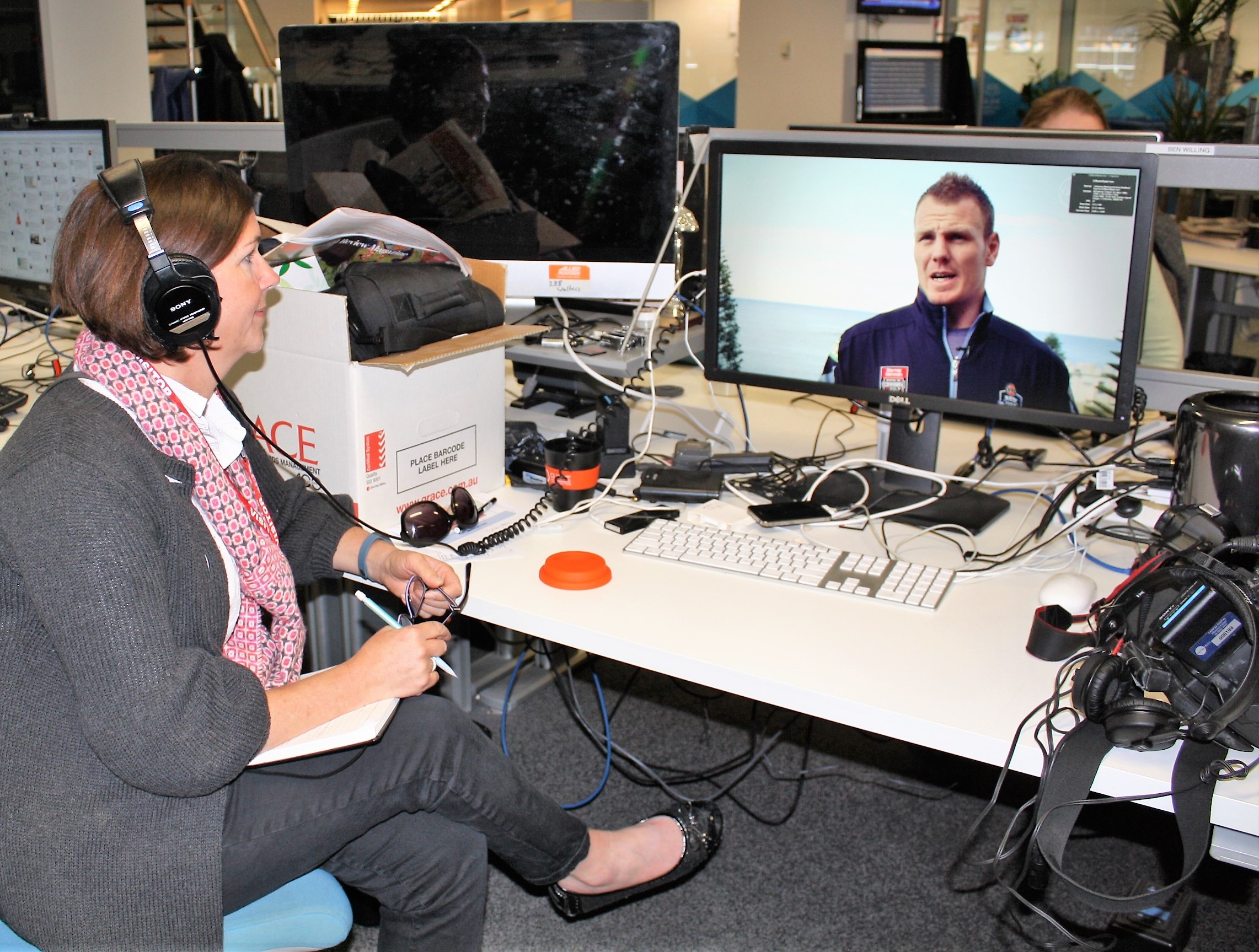

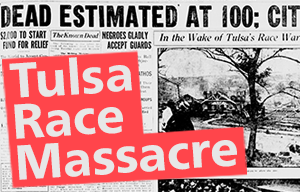
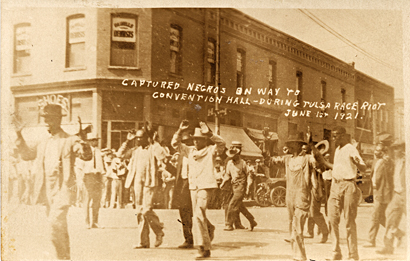
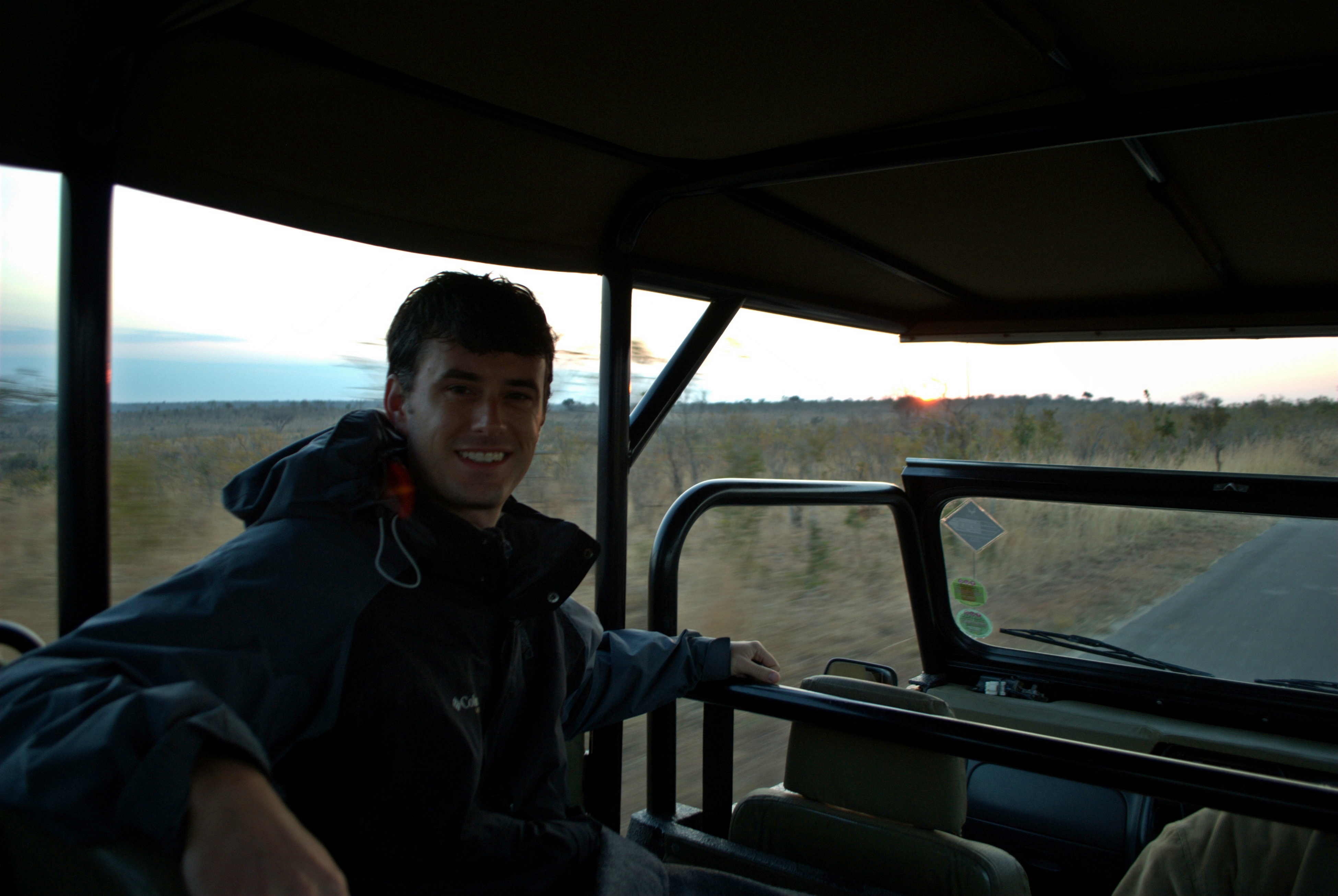
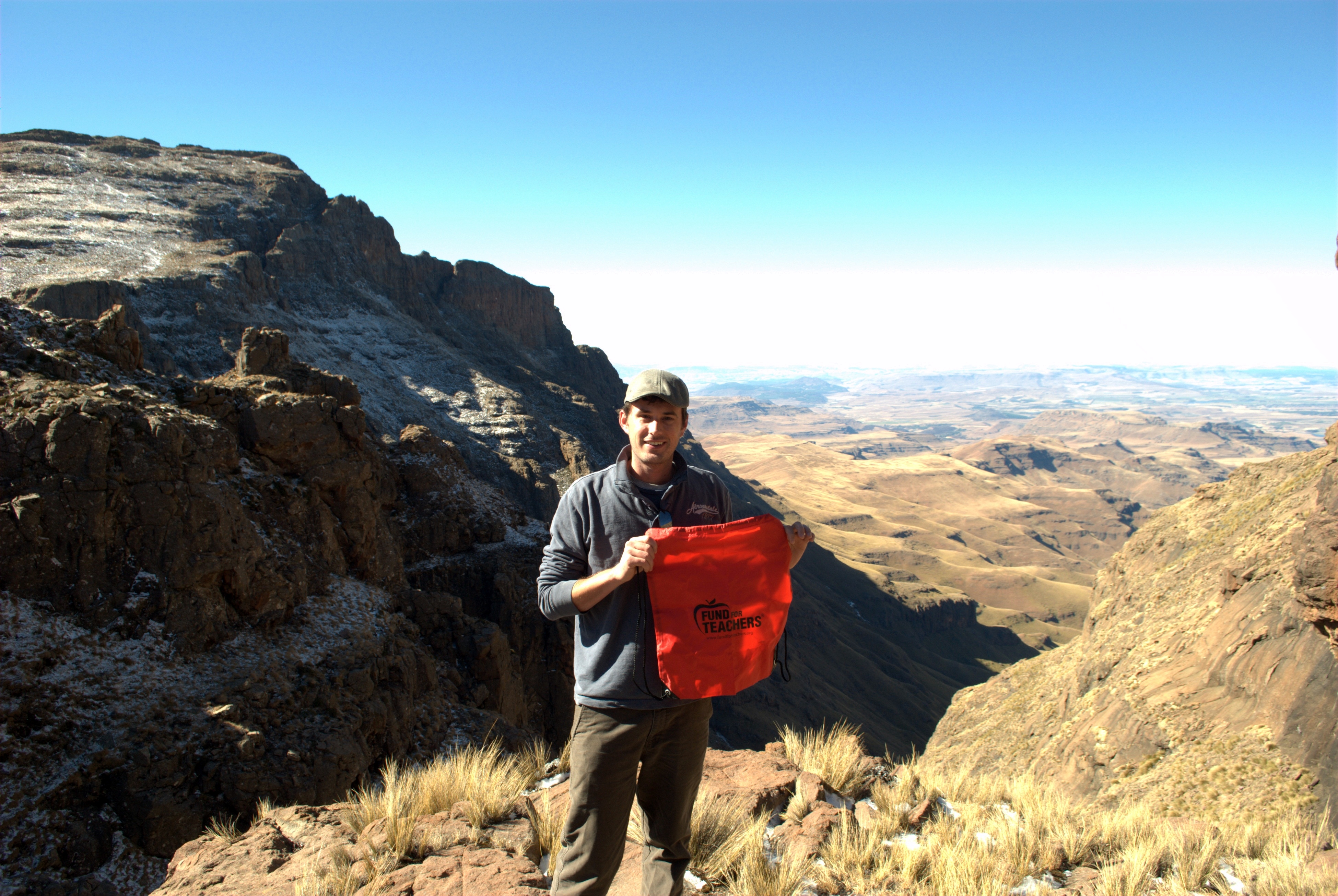
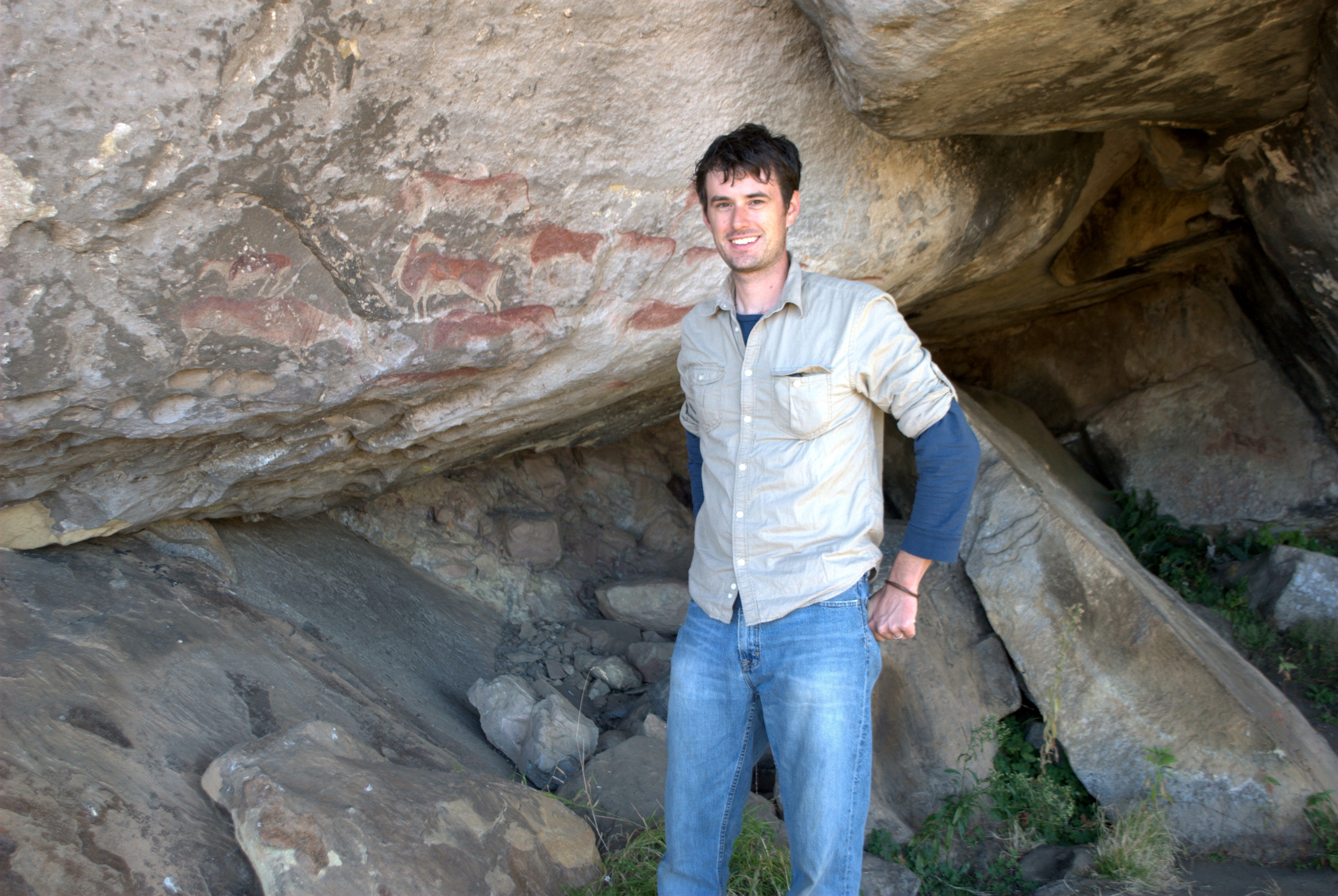
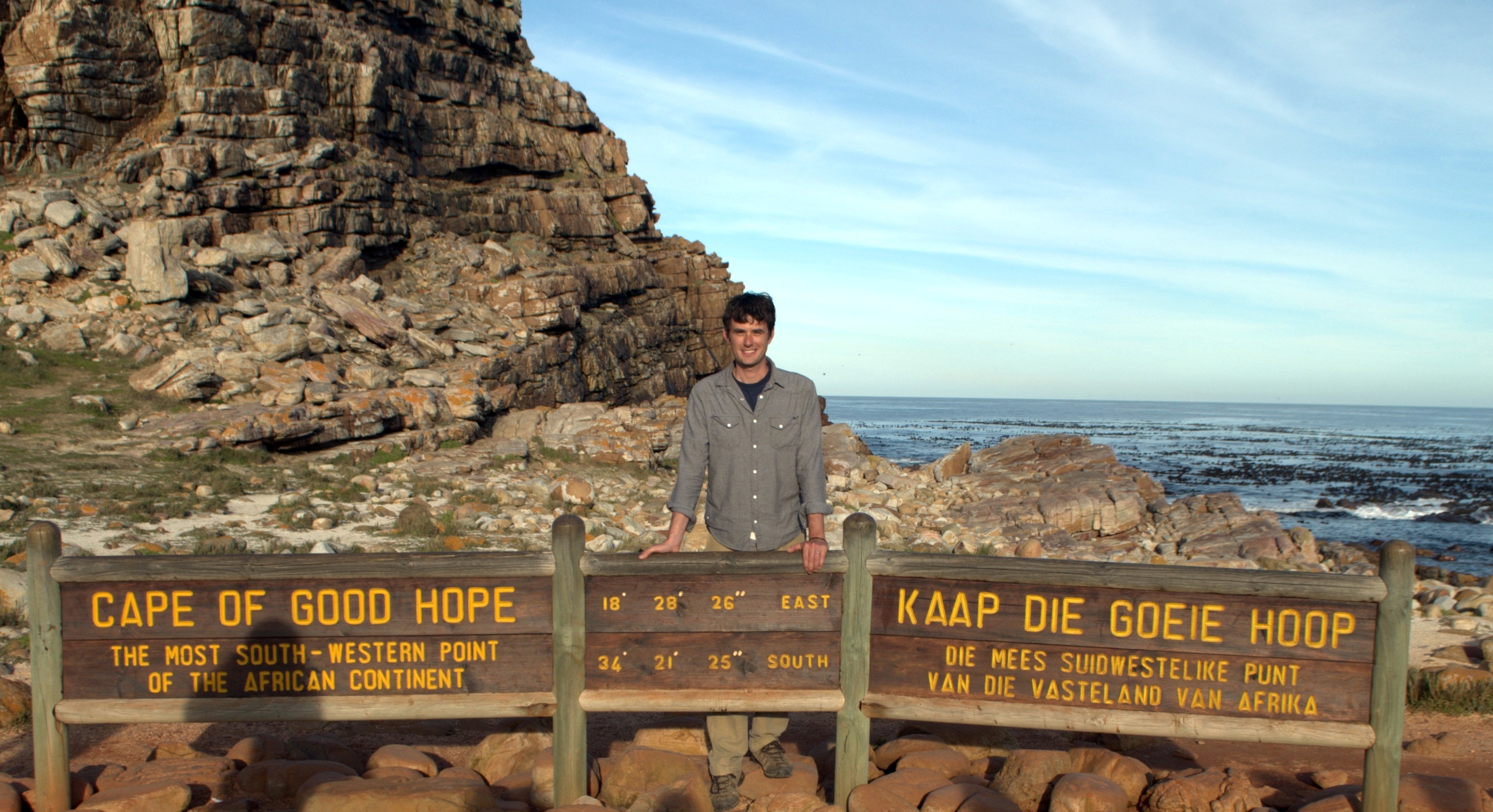
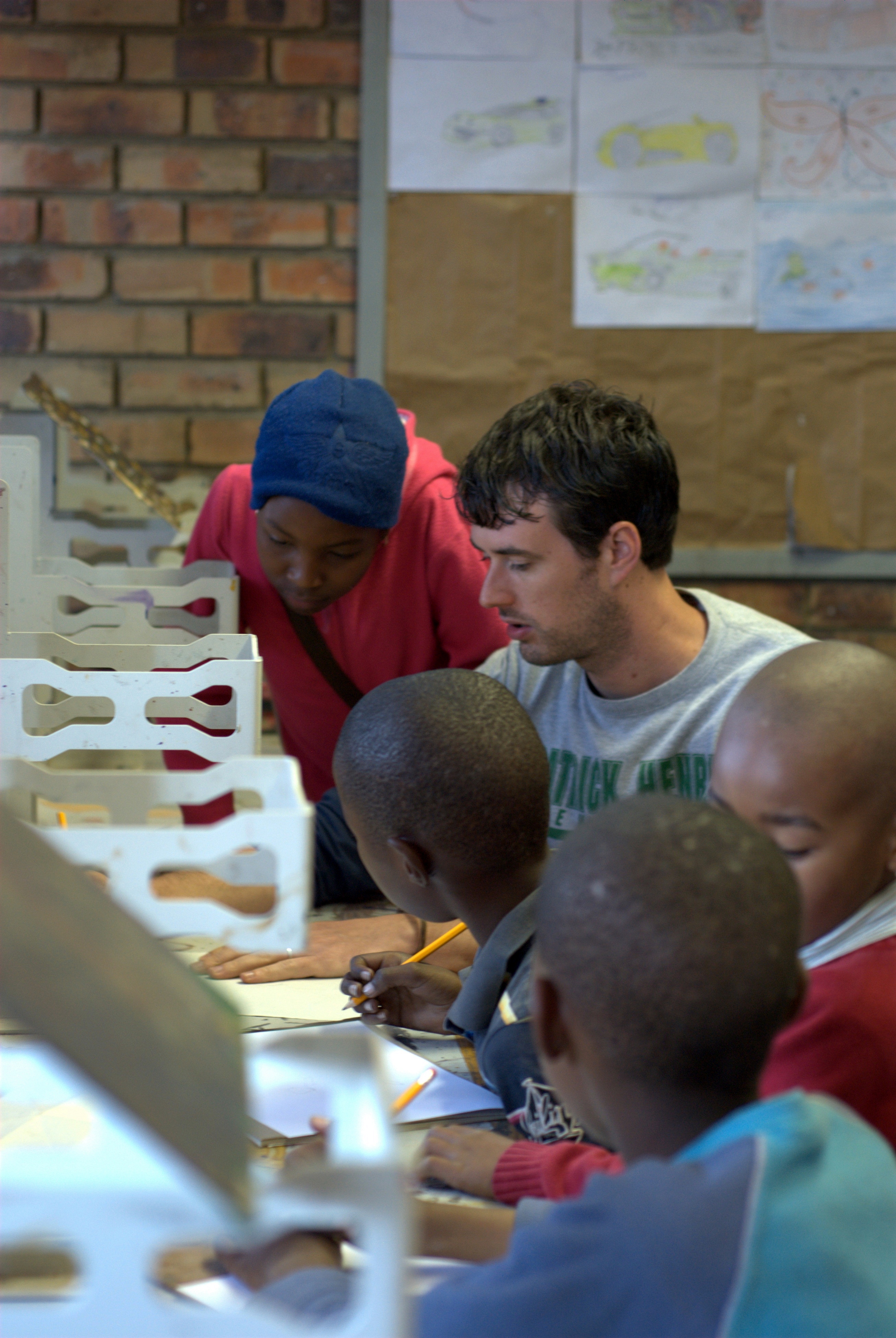 [minti_divider style=”3″ icon=”” margin=”20px 0px 20px 0px”]
[minti_divider style=”3″ icon=”” margin=”20px 0px 20px 0px”]
